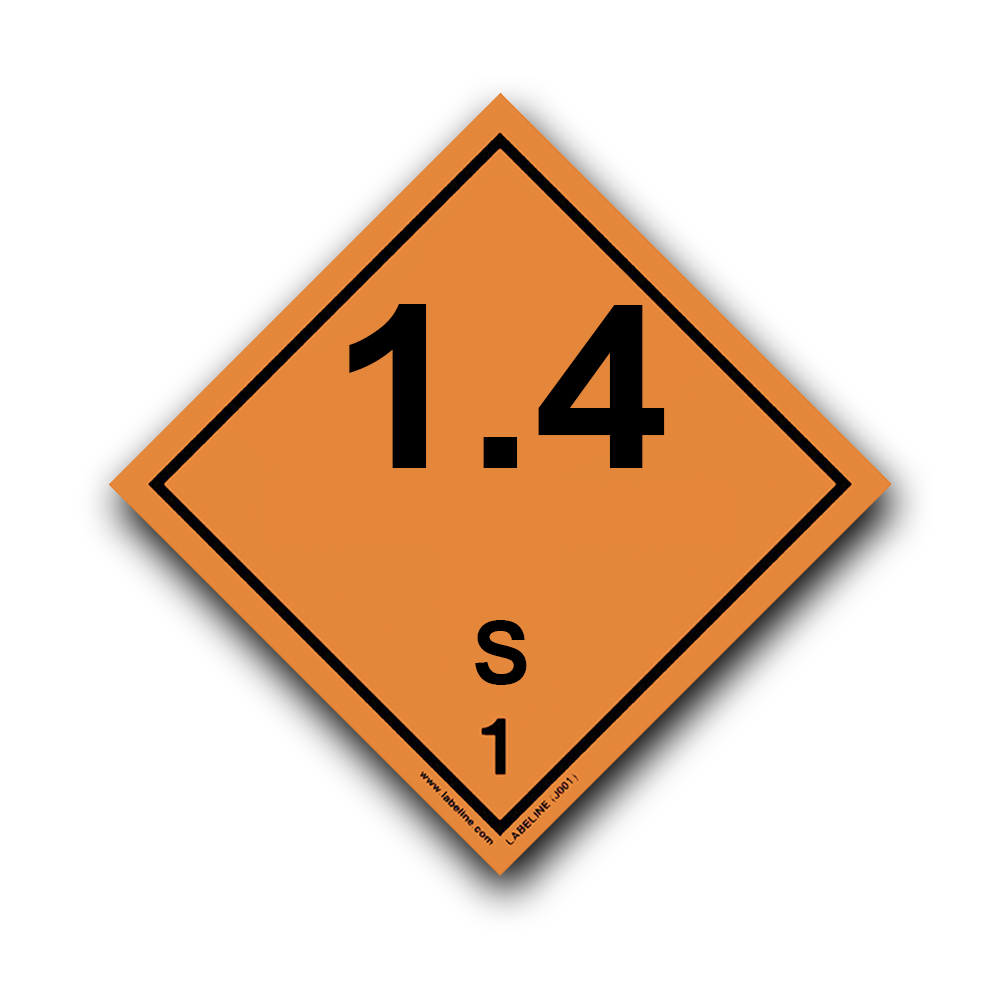Dangerous Goods
You may not be aware your item is dangerous or that different restrictions apply when transporting dangerous goods by road. Our routings also often involve sea crossings or tunnels where additional restrictions can apply. That's why it's important to check the different classifications and ensure your shipment is safe and compliant, and also compatible with other shipments.
What is considered dangerous?
Dangerous Goods are generally defined as “Substances, objects, solutions, preparations and wastes that present a risk of health, safety, goods or the environment."
If you are unsure whether your shipment is hazardous or not, ask the supplier for a Material Safety Data Sheet (MSDS). If it contains a UN number, it's dangerous goods and needs special handling. Alternatively, you can contact us to ask.
Wallenborn is licensed to transport all classifications of dangerous goods except Class 1 (explosives) and Class 7 (Radioactive materials). Since June 2018 we are also authorised to transport Class 1.4S. Our features and services for dangerous goods transport include:
- Dangerous goods specialty training programme for drivers and office staff
- Specially licensed dangerous goods drivers - all have an individual ADR protection kit
- In-house Monitoring & Intervention with alert messaging
- 24/7 Customer Service
- Online tracking
- Certified dangerous goods safety advisors available to provide advice specific to your requirements
Dangerous Goods classifications
There are nine classes of dangerous goods, plus a few sub-classes. The class your shipment falls under will affect how you pack, label and transport it.
|
Examples include: dynamite, bombs, ammunition |
Examples include: sodium, zinc dust, zinc phosphate |
|
Examples: lighters, weapons cartridges, most consumer fireworks |
Examples include: nitrates, fertiliser |
|
Examples include: hairspray, aerosols |
Examples include: fibreglass repair kits |
|
Examples include: oxygen, nitrogen, carbon dioxide |
Examples include: pesticides, cyanide |
|
Examples include: chlorine gas, anhydrous ammonia |
Examples include: medical waste, viruses, bacteria |
|
Examples include: paint or alcohols |
Examples include: uranium, plutonium, smoke detectors |
|
Examples include: matches, aluminium powder, kerosene |
Examples include: quicksilver, sulphuric acid, nitric acid |
|
Examples include: sodium, calcium carbide, zinc |
Examples include: lithium batteries, dry ice, asbestos |
It's your responsibility
It is important to know that it is the shipper's responsibility that your cargo is correctly declared, packed and labelled with the right dangerous goods documentation for each country and mode involved in the transport.
A trusted and reliable partner is the most valuable thing in this business and Wallenborn is here to help. Wallenborn is a regulated agent certified by the Luxembourgish government. We have been TAPA TSR certified since 2012 and were the first asset-based company in the EMEA region to be certified at three levels – levels 1, 2 and 3.
Additional resources for more information on transporting dangerous goods by road can be found at https://adrbook.com and https://dgm.world.
 Class 1. Explosives
Class 1. Explosives Class 4.3. Dangerous when wet
Class 4.3. Dangerous when wet Class 1.4S. Minor fire projection hazard
Class 1.4S. Minor fire projection hazard Class 5.1. Oxidizing agents
Class 5.1. Oxidizing agents Class 2.1. Flammable gases
Class 2.1. Flammable gases Class 5.2. Organic peroxides
Class 5.2. Organic peroxides Class 2.2. Non-flammable, Non-toxic gasses
Class 2.2. Non-flammable, Non-toxic gasses Class 6.1. Toxic substances
Class 6.1. Toxic substances Class 2.3. Toxic gasses
Class 2.3. Toxic gasses Class 6.2. Infectious substances
Class 6.2. Infectious substances Class 3. Flammable liquids
Class 3. Flammable liquids Class 7. Radioactive materials
Class 7. Radioactive materials Class 4.1. Flammable solids
Class 4.1. Flammable solids Class 8. Corrosive substances
Class 8. Corrosive substances Class 4.2. Spontaneously combustible
Class 4.2. Spontaneously combustible Class 9. Miscellaneous dangerous goods
Class 9. Miscellaneous dangerous goods